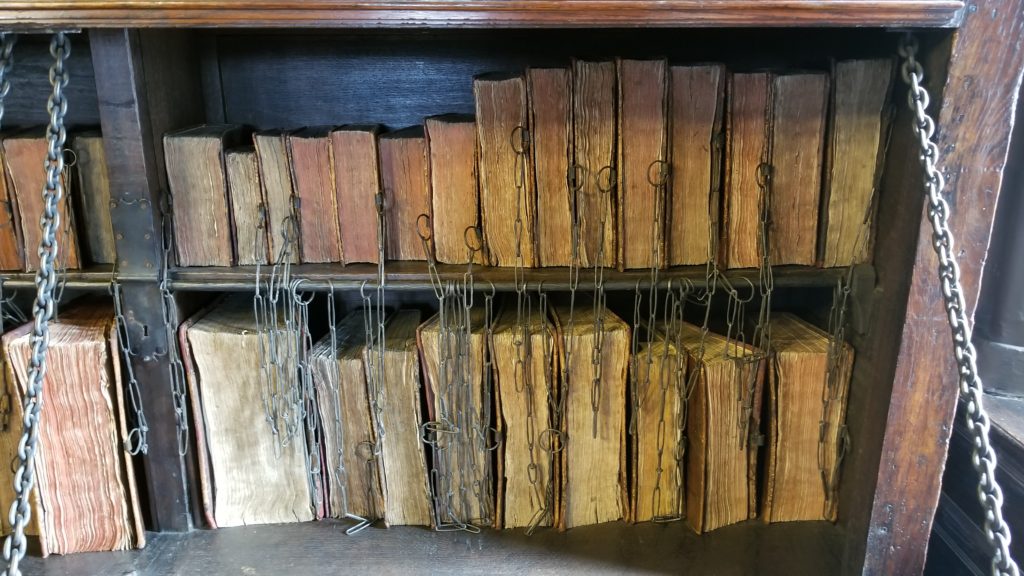
For a lover of libraries, Manchester is a dream. From the bijou private Portico Library to the extraordinary magnificence of the John Rylands Library, from the ancient Chetham’s Library to the Central Library in St Peter’s Square, one is lost in a world of beauty and knowledge. And let’s not forget the welcoming Working Class Movement Library in nearby Salford.
Chetham’s Library This is the oldest free public reference library in the UK, founded in 1653 under the will of Humphrey Chetham, a prosperous Manchester textile merchant, banker and landowner. He also provided for a school, now a music school of world renown. The building is even older, built in 1421 to accommodate a college of priests, and is a beautiful sandstone building with a magnificent interior. It even includes a selection of chained books to remind us of past practices. Only photographs can do the interior justice.
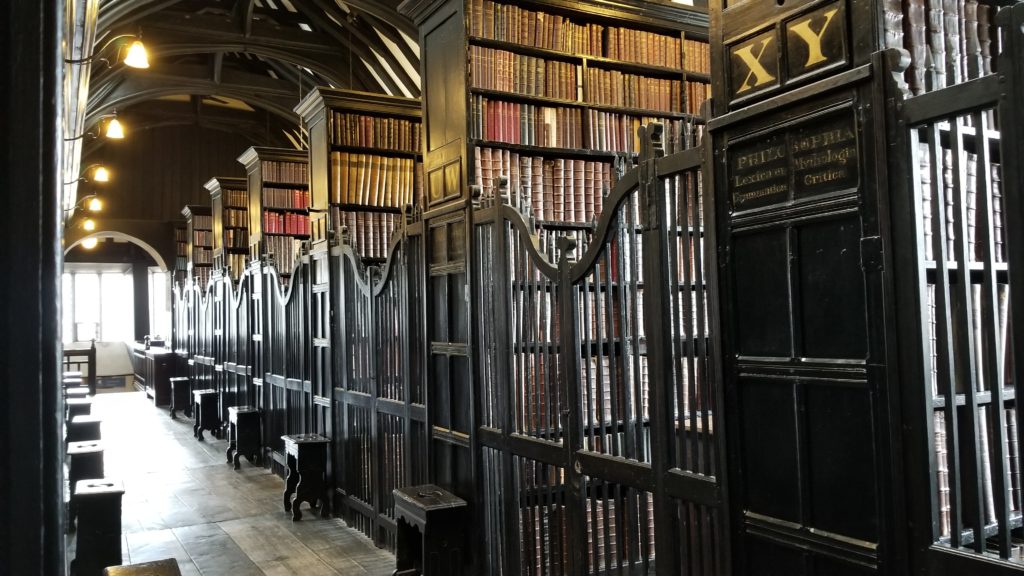
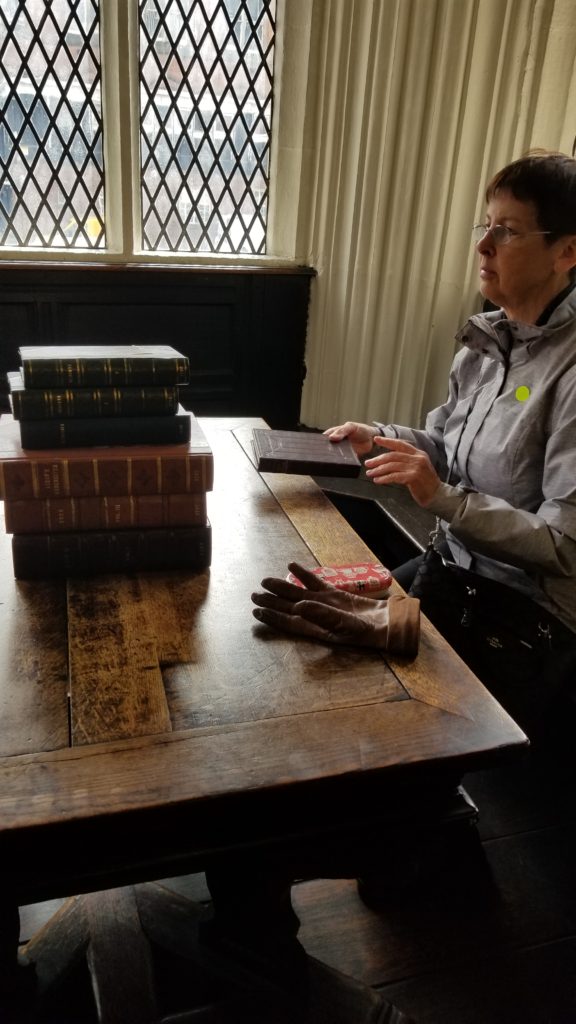
Be amazed that you can sit at the table where Engels and Marx read about the conditions of the working class in England and began to formulate their revolutionary doctrines. Their reading material is there (in facsimile – no white gloves needed!) for you to read.
John Rylands Library Opened to the public in 1900, this was founded by Enriqueta Augustina Rylands in memory of her husband John. Today it is part of the University of Manchester Library. A late Victorian neo-Gothic building with some elements of Arts and Crafts design, it is set in a central part of Manchester which in 1900 was cramped, sooty and often foggy. While the soot and fog have lessened, it remains a surprise to see such an imposing cathedral-like building in the middle of crowded streets.
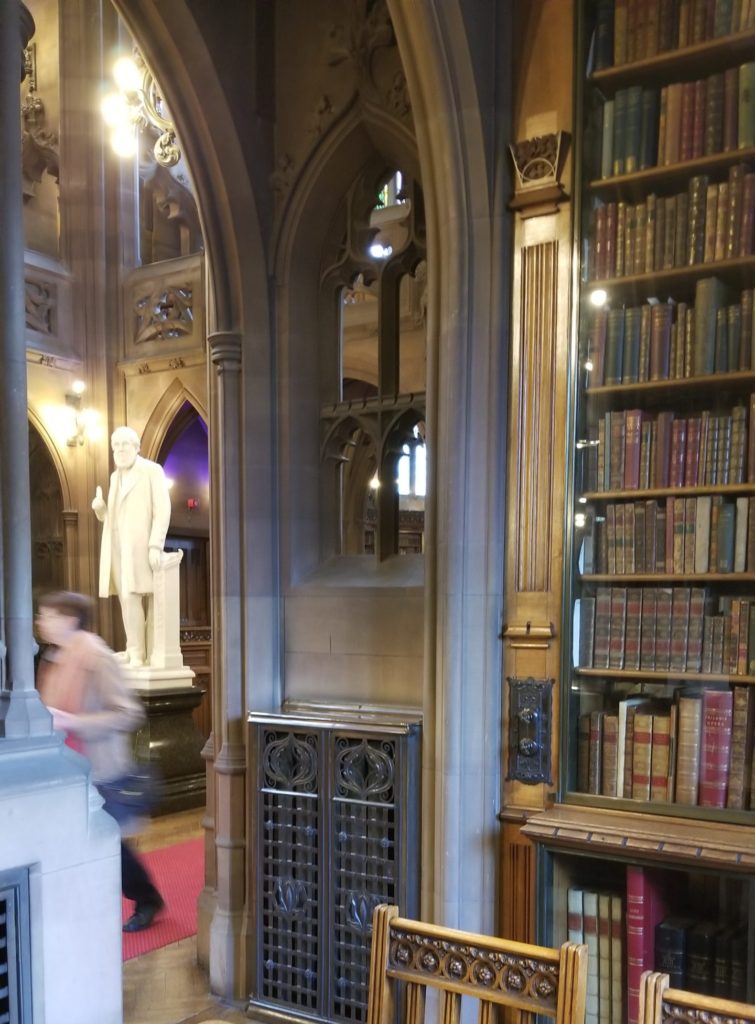
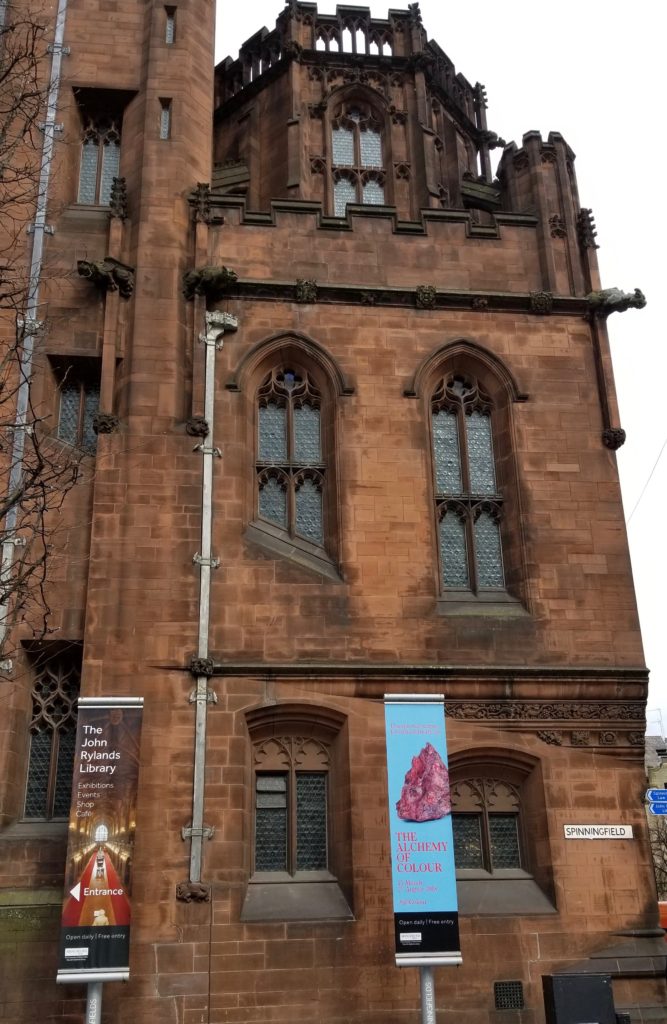
Portico Library Do not miss visiting this delightful place. Over 200 years old, this independent subscription library and exhibition space is housed in a purpose-built and very beautiful building in the centre of Manchester. Previous associates include Elizabeth Gaskell and Emmeline Pankhurst.
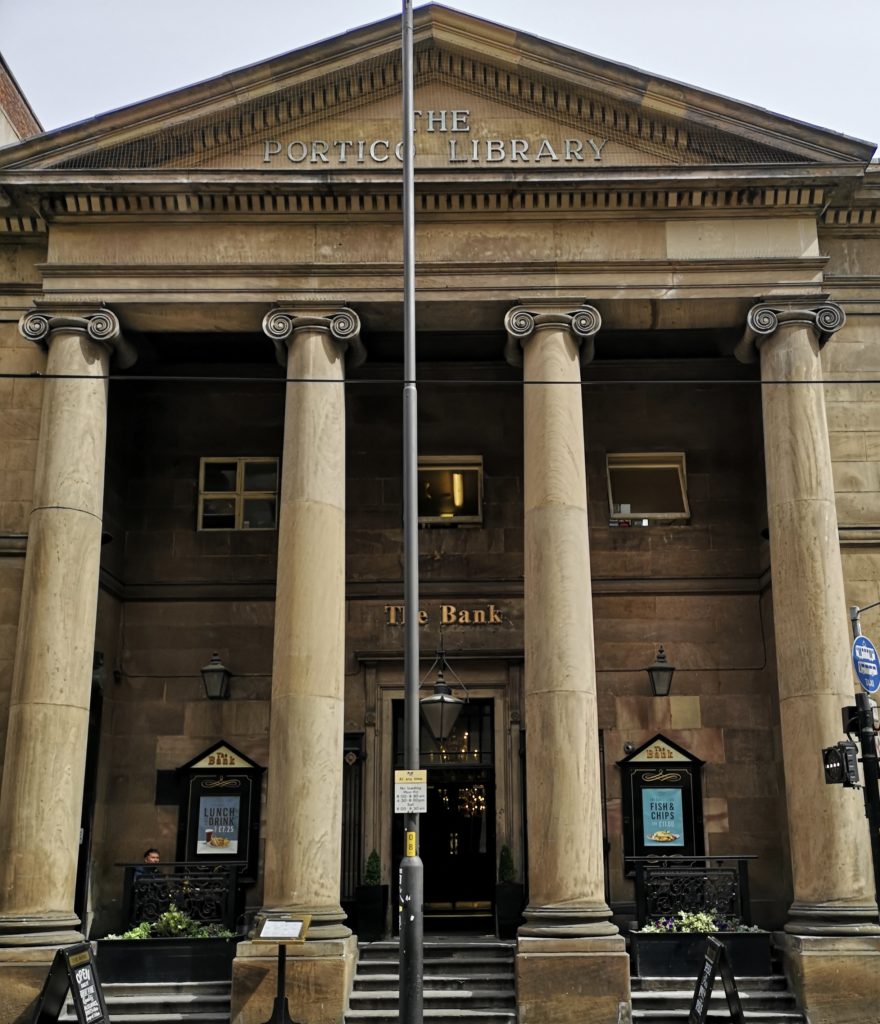
Central Library This is certainly very central, being set in St Peter’s Square, site of the ‘Peterloo Massacre’. The local history section is enticingly presented.
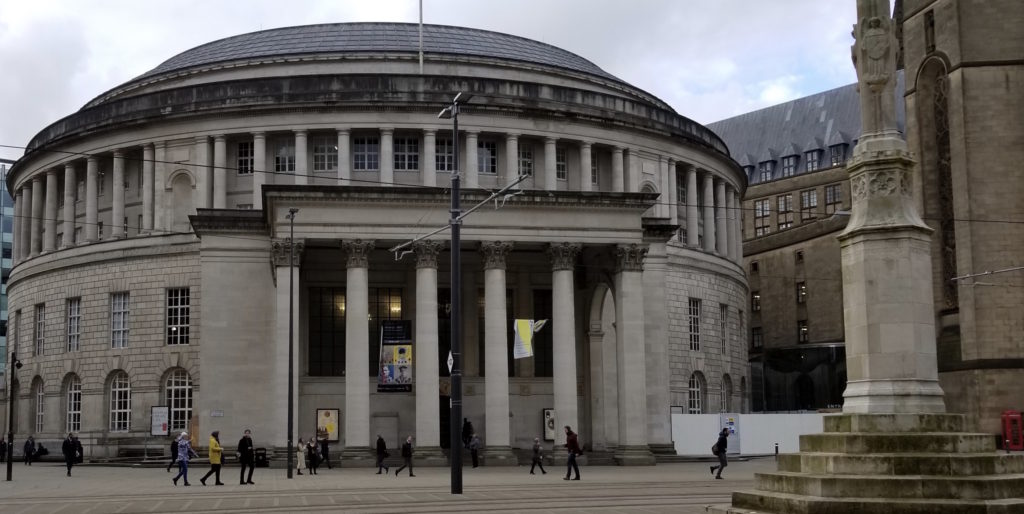
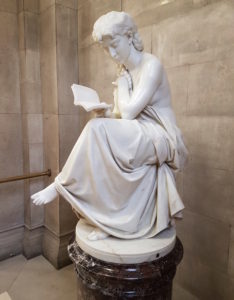
Reading Girl by Giovanni Ciniselli 1832-1883), a marble statue located on the stair landing, where it gleams with reflected light. It was bought in Italy by Daniel Adamson, the first chairman of the Manchester ship Canal Company, and given to the library by his family in 1938
Walk to Salford to see the Working Class Movement Library in Jubilee House, a Victorian-era former nurses home, worth a look in itself. The library started in the 1950s as the personal collection of Edmund and Ruth Frow. By the 1980s their house was at bursting point and Salford Council agreed to house it. The oldest items date from the eighteenth century, but the living collection continues to grow with up to date donations from campaigners, activist groups and unions. The ground floor is used to showcase exhibitions.
